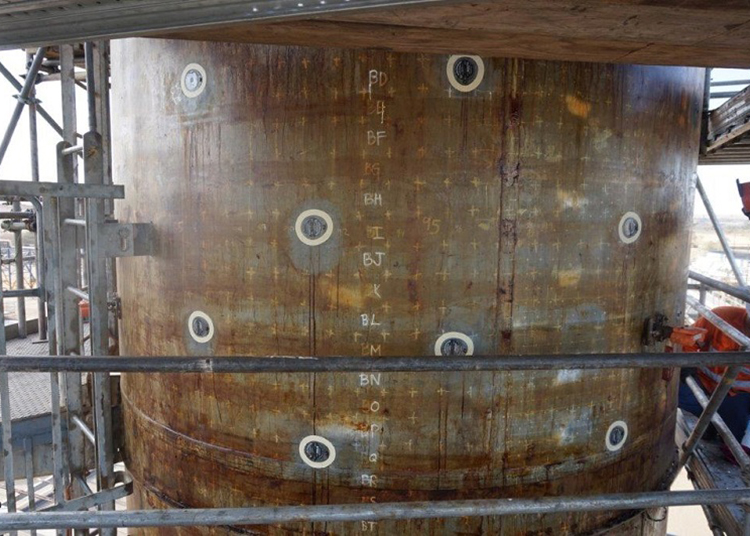

Unlocking the Long Tail of TML Points: Digitizing Data across all thickness monitoring locations
The use of online wall thickness monitoring technologies has greatly benefited inspection engineers over the past decade.
The use of online wall thickness monitoring technologies has greatly benefited inspection engineers over the past decade. These technologies offer real-time data with high accuracies, allowing users to closely monitor critical erosion and corrosion events. Process engineers have also gained great benefit from this technology by monitoring the effect of operating conditions, such as the feedstock of crude, on asset integrity. These technologies, however, are currently only feasible for a small percentage of the total thickness monitoring locations (TMLs) on an asset due to their high cost – typically coming in around $5,000 per TML.
To better understand the potential impact of digitizing all TML points on an asset, they can be categorized into risk levels with Class 0 locations being the most critical locations with the need for frequent measurements and Class 3 being the least critical. This is shown in the table below with an estimate of the percentage of TMLs on an asset that would fit into each category.
| Class | Number of readings / year | Risk category | % of TMLs on an asset |
| Class 0 | >4 | Critical | 0.1% |
| Class 1 | 2-4 | High Risk | 0.7% |
| Class 2 | ~1 | Medium Risk | 3% |
| Class 3 | <1 | Low Risk | 96.2% |
While online monitoring technologies can provide valuable data for Class 0 locations, the cost of these technologies are currently prohibitive to be implemented for the long tail of TML points in Classes 1-3. Locations in Class 1-3 are typically not digitised and manual ultrasonic testing (UT) is used to acquire the data, which is subject to human error.
The Inductosense WAND system enables more of the TMLs on an asset to be digitized due to the low cost of the wireless battery-free sensors. As an example, if we assume that 50 online sensors are required on an asset to cover all the Class 0 locations, then ~1000 WAND sensors could be acquired for the same budget. This would then enable digitisation of all locations in Class 1 and also some of Class 2. With larger volumes the sensor price drops further and at Inductosense we are working towards making it economically attractive for TMLs in every class. In cases where accessibility is an issue, such as when scaffolding or insulation is present, the Inductosense solution can also provide cost savings compared to current techniques, even in locations with infrequent inspection periods.
As the asset ages and the wall thickness reduces more locations will move to higher risk categories. The WAND system offers the full flexibility to upgrade from the handheld data collector for less frequent measurements to automated data collection using the WAND-RDC and, with the soon to be launched gateway, fully online data collection. With all of these methods the sensor can remain undisturbed under a coating or insulation.
By unlocking the market for digitized data from lower criticality TMLs, Inductosense aims to enable inspection engineers to make informed decisions based on accurate and insightful data from all TML points on their asset.

